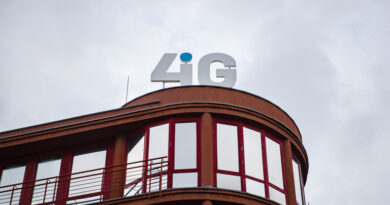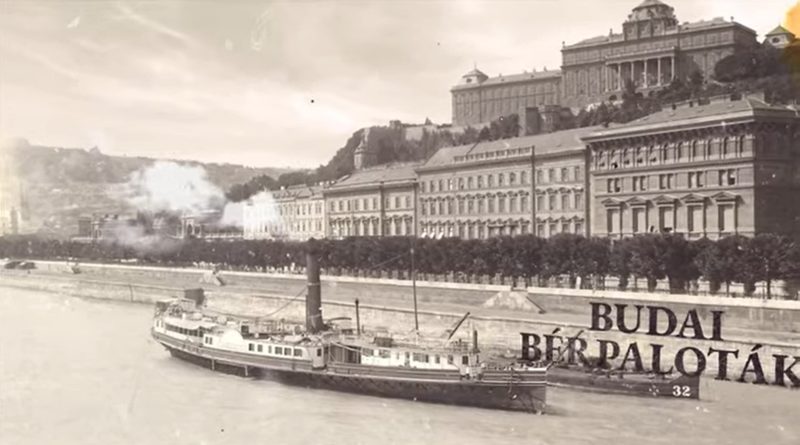CEE real estate investment volumes at two-year high in Q3 2010
The Central and Eastern European (CEE) investment turnover reached over €1.5 billion in the third quarter (Q3) of 2010, nearly a 60% increase on Q2 2010 figures, according to the latest data by CB Richard Ellis (CBRE).
CEE’s quarterly real estate investment volume has reached a two-year high with year-to-date investment turnover close to €3.3 billion compared to the total turnover of €2.6 billion in 2009 as a whole.
CEE accounted for the largest quarter-on-quarter growth in investment volumes in the European region mostly on the back of higher activity levels in Poland and Russia. These two countries together accounted for 75% of the regional investment total in 2010 while other CEE markets are still witnessing low levels of liquidity.
The average transaction size in CEE has increased to €70 million in Q3 2010 due to some large single asset and portfolio sales. The largest single asset transaction in CEE on record so far in Q3 2010 was a business park transaction in Russia for approximately €285 million. Two significant portfolios were traded: Panattoni sold a logistics portfolio to Standard Life Investments and Unibail-Rodamco acquired a portfolio of two shopping centres in Warsaw from Simon Ivanhoe as part of Pan-European shopping centre portfolio. Increased activity, combined with a growing average transaction size underpins the idea that certain banks are once again showing increased interest in financing in certain markets in CEE.
Jos Tromp, Head of CEE Research & Consulting, CBRE, commented: “The slowdown in activity from the German Open-ended Funds (GOEFs) in Q3 2010 reflects the recent changes in the GOEF-sector. Unlike in the first two quarters of 2010, GOEFs did not close any transactions in the CEE region in Q3 2010. However, we are witnessing increased activity from investors such as Sovereign Wealth Funds entering the CEE region. The Greenwood Business Park in Moscow was the first purchase of a Chinese Sovereign Wealth Fund in CEE.
Polandand Eastern Europe were the only markets with prime yield compression continuing in line with investor interest in Q3 2010. Prime yields in Eastern Europe registered a 50-100 basis points (bps) downward movement with prime yields in Warsaw compressing by 35-50 bps, with the exception of retail where prime yields remained stable at the end of Q3 2010. Softening prime yields have been visible only in Bucharest where prime shopping centre yields increased by 25 bps on the back of weakening consumer sentiment following a significant VAT increase and public sector wage cuts.
“The retail sector proved to be more popular in Q3, compared to the previous quarter and the Hungarian investment market also witnessed transactions in this area. A large retail deal in central Budapest closed in early October, which will be reflected in the Q4 figures, which shows the restored interest for well located assets offering tenants with good covenant.” commented on the Hungarian trends Gábor Borbély, CEE regional analyst.
































